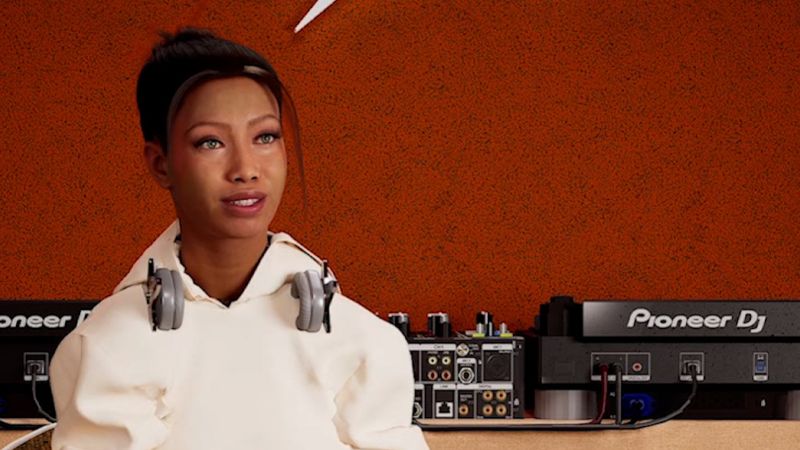In a recent report, DJ and aspiring model Dex was highlighted as an entirely virtual “digital human” designed by a startup in the UK. Dex’s performances involve being displayed on a video screen or holographic projection, with mixes created by humans. She is animated using Unreal Engine, combined with motion-capture, and generative artificial intelligence allows her to remember information and respond to questions, with a voice also generated by AI.
Denise Harris, CCO of startup Sum Vivas, stated, “She’s probably one of the only digital humans in the performance space that you can have a conversation and interact with. You can ask her anything. She is a genius about music.” Dex recently performed at Digital Fashion Weeks in multiple locations and modeled outfits by Prada and Louis Vuitton at digital fashion events.
Sum Vivas is leveraging Dex as a “showpiece” for practical applications, developing digital humans like “Shellie” who can provide product information on company websites and “Arif” who will serve as a multilingual concierge at airports. CEO and founder Rob Sims believes that digital humans can bridge the gap between AI technology and people, making interactions more natural.
Since the launch of OpenAI’s ChatGPT in November 2022, there has been significant investment in generative AI. Google’s Bard (now Gemini) and Anthropic’s AI assistant Claude are examples of companies entering the generative AI chatbot space. UneeQ, a US and New Zealand-based company, has also developed animated conversational digital humans for virtual sales reps and customer service agents.
Microsoft recently announced the ability to create lifelike avatars using Azure software, sparking concerns about the impact AI may have on the job market. However, Jennifer Ding from the Alan Turing Institute suggests that AI can both augment and potentially replace certain jobs. Despite concerns, Harris believes digital humans create new job opportunities and can work in harmony with human colleagues.
Sims adds, “Digital humans, first and foremost, should work with other human colleagues. We’ll move into a stage where digital humans will start to become just another member of the team, with added benefits for that team and the customers they serve.”












